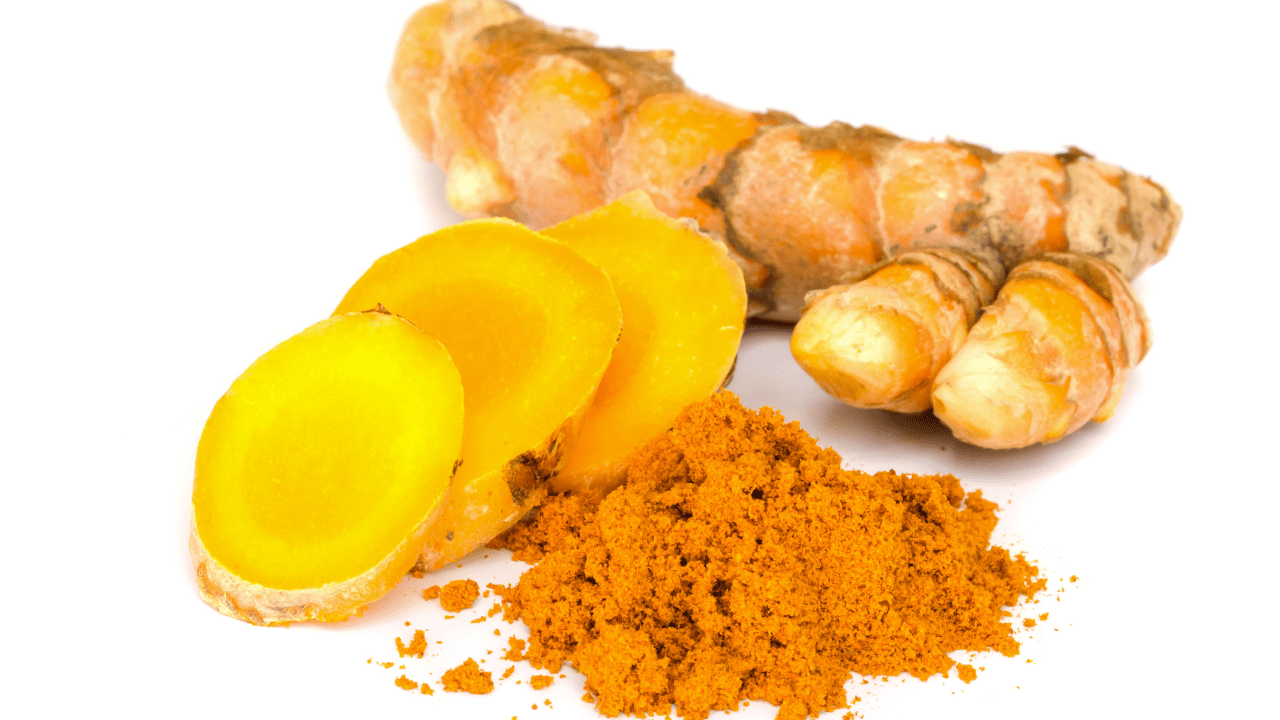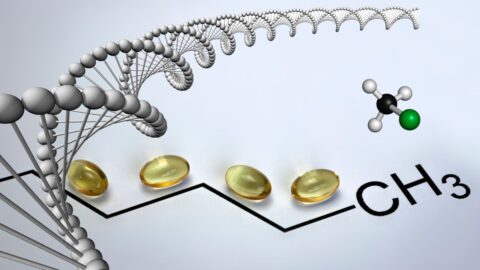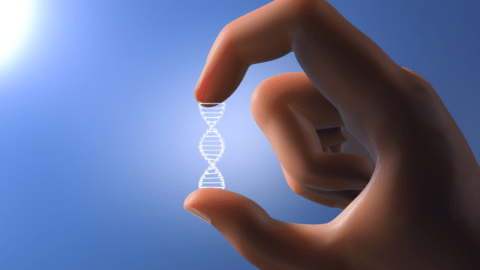Pain Relief from the Kitchen
by Vanita Dahia
- Suffering with pain?
- Pain pills not working or upsetting your system?
- Pain in the bones, muscles or joints?
Pain is an unpleasant feeling which can be acute or persistent. Acute pain can be intense and last a short time but chronic pain persists for long periods and often resistant to medications.
Pain is in actual fact, is a critical component of the body\’s defence system warning motor neurons of the central nervous system to minimise detected physical harm.
Types of Pain
Pain can be classified into:
- Acute pain: short-term intense pain which is usually a warning of tissue damage, sharp and fast ache and pain. Pain is centralised and responds well to medication. This type of pain responds well to medications.
- Chronic pain is a constant or intermittent pain, often more difficult to treat
physiological pain can be grouped according to the source and related nociceptors
(pain detecting neurons): - Somatic pain originates from a dull, poorly localised ache in the ligaments, tendons, bones, blood vessels, and is detected with somatic nociceptors.
- Visceral pain originates from body\’s viscera,internal cavities or organs, often difficult to localise. Visceral pain is often exhibited as referred pain.
- Neuropathic pain or neuralgia is pain affecting nerve tissue, sciatica being a common nerve disorder. This can disrupt the ability of the sensory nerves to transmit correct information to the thalamus, and hence the brain interprets painful stimuli even though there is no obvious or known physiologic cause.
- Psychogenic pain is associated with psychological factors such as mental or emotional factors that cause pain.
- Central pain syndrome is a neurological condition caused by a dysfunction of the brain as in conditions like that specifically affects the central nervous system (CNS), which includes the brain, brainstem, and spinal cord.strokes, multiple sclerosis, Parkinson\’s disease, brain tumors and limb amputations.
- Complex regional pain syndrome (CRPS), also called reflex sympathetic dystrophy syndrome, is a chronic pain condition in which high levels of nerve impulses are sent to an affected site.
- Trigeminal neuralgia is an ongoing pain condition that affects certain nerves in the face and can feel like an electric shock.
Signs and Symptoms
Somatic pain is sharp, aching, throbbing or gnawing pain
Visceral pain is deep, aching or squeezing pain
Neuropathic pain is burning, electric, tingling or shooting pain
Management of pain
Commonly prescribed drugs include:
NSAID’s, salicylates, and paracetamol
Opiate analgesics, cannabis
Anesthetics
Natural Medicine
- Turmeric and saffron exert complementary actions in stabilising neural activity. For
instance, turmeric has been shown to activate the enzyme glutamate decarboxylase
(GAD), which converts glutamate to GABA, while saffron reduces glutamate
activity in the brain via N-methyl-D-aspartate (NMDA) receptor antagonism. - Gamma-aminobutyric acid (GABA) is the primary inhibitory neurotransmitter in the
CNS, acting to down regulate pain signals in the brain. Supplementation naturally
manages pain, anxiety, depression and insomnia. - Glutamine and Boswellia can manage the unique impact of gut microorganisms (biofilm) on inflamed intestinal mucosa with prebiotic, antimicrobial and anti-inflammatory activity, all of which assists with pain.
- Willow bark, ginger and quercetin are blended to rapidly reduce acute pain and inflammation
- Omega 3 essential fatty acids are shown to offer systemic protection from
inflammation, providing safe long term management for many types of chronic pain.
magnesium, zinc, B6 and chromium promote musculoskeletal health and reduce aches, pains, cramps and spasms - Californian Poppy (Eschscholzia californica) – indicated for pain and insomnia.
- Corydalis (Corydalis yanhusuo) – an analgesic, anti-inflammatory herb indicated for arthritis and pain.
The Supplement dilemma
You get told to take lots of pills like:
Magnesium for muscle aches
Build cartilage with glucosamine, MSM, and chondroiton
Relieve pain with herbs and tumeric
Joint Repair Paste
Joint Repair Paste is a blend of food ingredients aimed at providing healing strategies for the joint, bones and cartilage encouraging pain relief and reducing inflammation.
Collectively, Joint Repair Blend may assist with:
⦁ Pain and inflammation relief
⦁ Cartilage tissue repair
⦁ Bone restoration
⦁ Antibacterial
Joint Repair Paste Recipe
1 T (tablespoonful) gelatin crystals
1 T sesame seeds
1 T manuka honey
1 T celery seeds ( spice)
1 T bone broth ( organic chicken or beef- optional)
1 T turmeric powder
1 teaspoonful black pepper
1 teaspoonful ginger powder
1 T organic raisins
Blend the above list into a fine paste and store in an air-tight jar.
Take 1 rounded teaspoonful of Joint Repair paste by mouth, allow to dissolve in the mouth daily after a meal.
Educational Webinar
In this webinar, you will learn:
- Types of pain
- Measuring pain
- Devices used for pain management
- Pharmaceutical and natural pain management therapies






